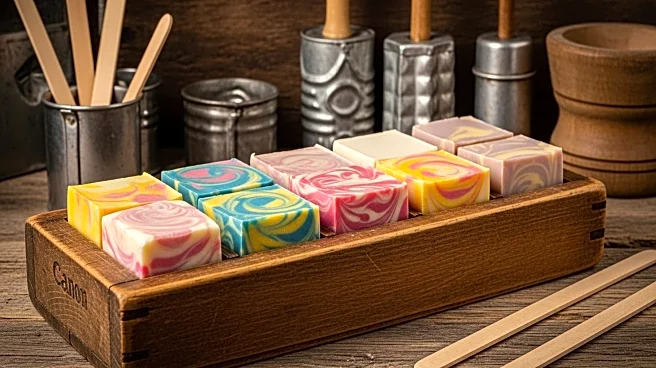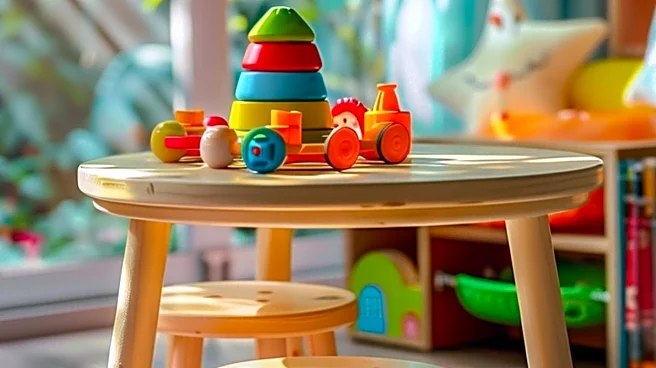Soap making is a process that has been practiced for centuries, involving the chemical reaction known as saponification. This reaction occurs when fats or oils come into contact with lye, resulting in the formation of
soap. Historically, soap making was both a craft and a necessity, with its roots tracing back to ancient civilizations. The 2nd-century AD physician Galen described soap-making using lye and recommended its use for personal cleanliness. Over time, the practice evolved, with Germanic soaps being highly regarded during Galen's era.
Core Facts
Soap is primarily made through the process of saponification, which involves the
reaction of fats or oils with lye. This chemical reaction results in the formation of soap and glycerin. Historically, soap was made using animal fats, but modern soap making often utilizes vegetable oils. The process has been refined over centuries, with significant contributions from various cultures.
Notable Details
In ancient times, soap was not only used for personal hygiene but also for cleaning clothes and other items. The quality of soap
varied, with Germanic soaps being considered superior by Galen. The process of soap making was documented by Zosimos of Panopolis around 300 AD, highlighting its long-standing significance in human history.
Comparisons and Contrasts
While ancient soaps were primarily made from animal fats, modern soaps often use vegetable oils, which are considered more sustainable and environmentally friendly. Additionally, the
introduction of synthetic detergents in the 20th century provided an alternative to traditional soap, offering different cleaning properties.
Key Data Points
The basic ingredients for soap making include fats
or oils, lye, and water. The process involves heating these components to facilitate the chemical reaction. Historically, soap was made in small batches, but industrialization has allowed for mass production, making soap widely accessible.

 Discover Daily
Discover Daily 










